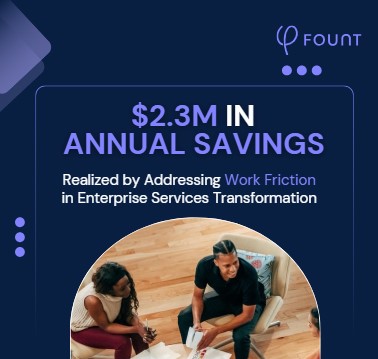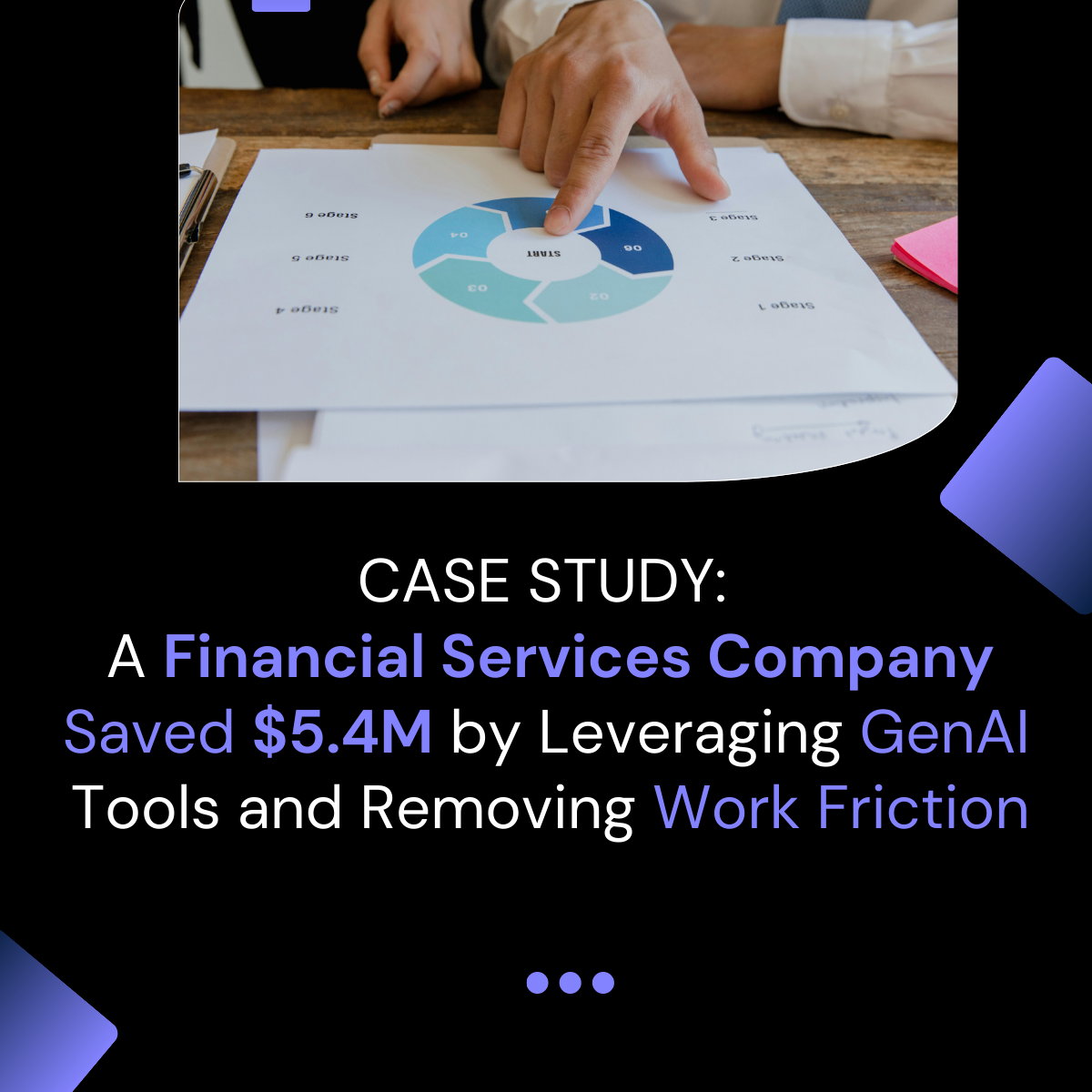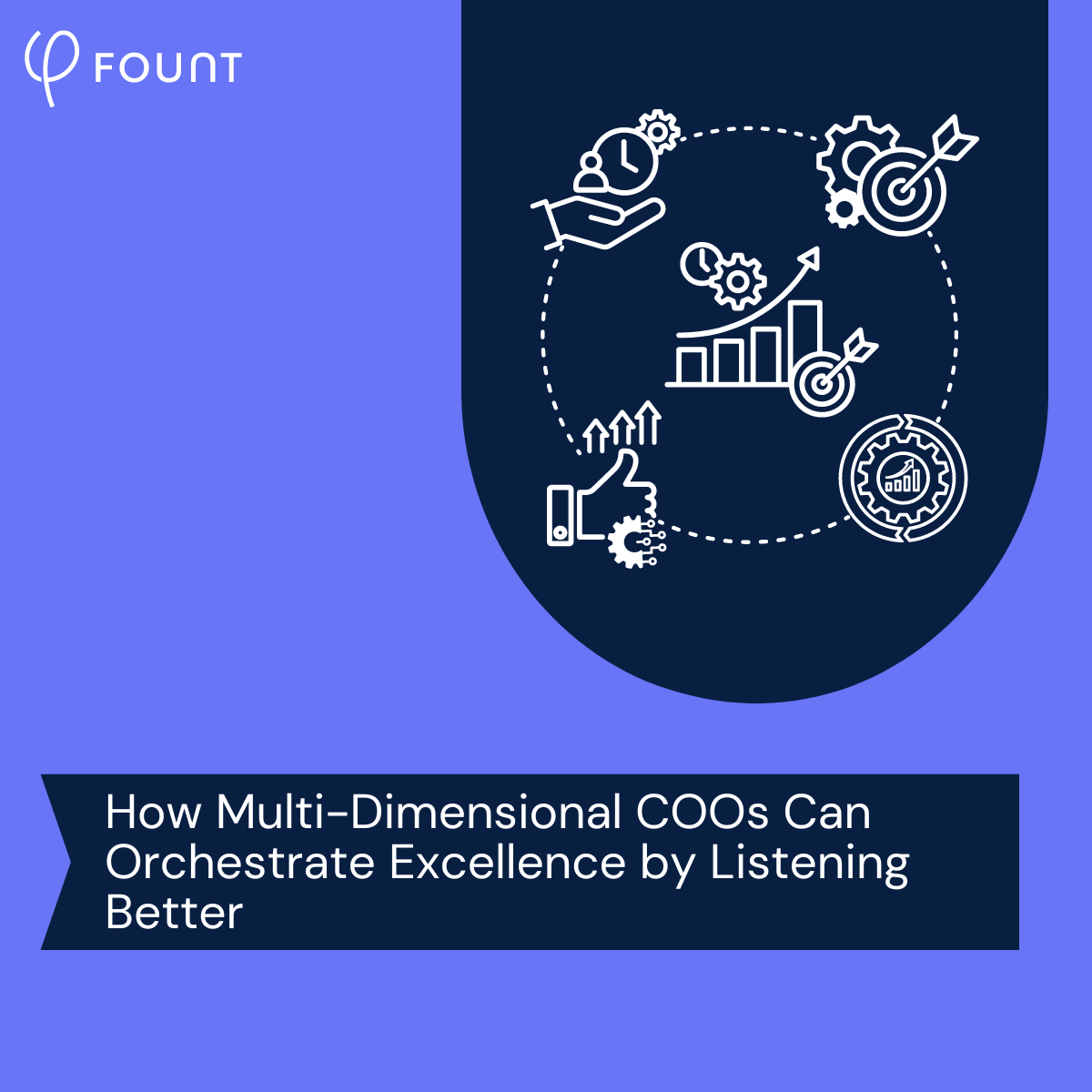Table of Contents
The 3 Types of Enterprise AI Transformations & How to Keep Each on Track for Positive ROI
There are 3 types of AI transformations: employee-facing service AI, customer-facing AI, and productivity-improving AI. For all three, you can improve ROI by reducing work friction.
KEY TAKEAWAYS
- There are three types of AI transformations: changes to employee-facing services, changes to customer-facing services, and changes to employee workflows.
- With all three, staying ROI positive starts with measuring work friction and reducing it where possible.
- Other ROI concerns for AI include worries about energy costs, though new models like DeepSeek may allay those fears.
If you’ve ever felt like an impostor even as you led your team through an AI implementation, you’re not alone: 54 percent of senior leaders report sometimes feeling like they’ve failed to drive AI adoption, per new EY research. That, despite the fact that leaders are reporting positive ROI at higher rates than in the previous wave of the EY survey.
Those feelings of uncertainty speak to how complex and nuanced AI transformations can be. In this piece, we’ll offer a framework for categorizing AI transformations, then share techniques you can use to track the success of each and make adjustments to ensure positive ROI.
AI Transformation Type 1: Employee-Facing Internal Services
This type of AI transformation involves introducing AI tools to central services – the internal, employee-facing services delivered largely by HR. Done right, it can deliver significant benefits to an organization: improvements in both employee experience and operational efficiency.
As many as 84 percent of senior leaders applying AI to operational efficiencies are seeing positive ROI (up from 77 percent in the earlier iteration of the EY survey). Still, the devil is in the details.
One organization we worked with, for example, rolled out a new central services platform that included employee self-service portals, AI chatbots, and enhanced service management tools. However, some of the functionalities that appeared straightforward on paper proved more complex in real life.
Employee complaints rolled in, but the leadership wasn’t sure how to assess the impact of various problem areas or triage adjustments.
We worked with them to measure work friction – that is, the places where technology, processes, or people were slowing people down from doing their jobs. We discovered three tasks that had high importance (meaning they had a huge impact on employees’ ability to do their jobs) and low satisfaction (meaning they were needlessly difficult):
- Getting approval for new software
- Preparing to take parental leave
- Pursuing a new internal role
With this data in hand, the organization was able to zoom in on those three moments, identify what wasn’t working, and make changes to improve overall employee satisfaction and productivity.
Takeaway: To measure the ROI of an employee-facing AI transformation, assess how the tool affects specific moments within the workday, then triage any moments that workers deem important but frustrating.
AI Transformation Type 2: Customer-Facing AI Tools
This type of transformation involves introducing AI to customer-facing functions. Think: chatbots, LLMs to support human agents, summarizing customer interactions for call escalations, etc.
As many as 75 percent of enterprises are seeing positive ROI from customer-facing AI applications (per EY), but size of investment is key to success: 79 percent of those who put five percent of overall budget into such initiatives reported positive ROI, compared with just 55 percent for those that invested less than five percent.
Initial ROI measurements can focus on existing KPIs for customer-facing work: first-call resolution, for example, or total time to resolve. Where many organizations run into problems is when customer-facing AI tools create new sources of work friction for customer-facing employees.
This happens for two reasons:
- When you automate some of an employee’s tasks, the nature of their work changes. If all of the “easy” customer questions are now being handled by chatbots or automated phone trees, for example, call center agents now handle only complex calls.
This may mean they’ll need different skill sets and may rely on different components of your tech stack. If they don’t have the training, technology, or resources they need to do their “new” job, they’ll experience new areas of work friction. - If the customer-facing AI isn’t adequate, employees may have to deal with just as many customers as pre-AI, but now a greater portion of frustrated or angry customers who have been dealing with an ineffective AI tool. This can be a huge source of friction.
The good news is that you can measure and remediate this friction in the same way as described above: gather data on areas of friction via customer surveys, analyze the data to identify work moments that have high importance but low satisfaction, and address those “problem” moments first to improve ROI.
Takeaway: To maximize the ROI of customer-facing AI tools, measure both customer-centric KPIs and impact on employees’ work.
AI Transformation Type 3: Productivity-Focused AI
The final type of AI transformation involves tools intended to improve individual workers’ productivity. Examples include a coding copilot to help engineers get more code written, copilots to automate email writing or the creation of presentations, etc.
While as many as 90 percent of firms surveyed by EY said their workers are “encouraged” to use productivity-enhancing AI tools, 53 percent noted that workers are feeling overwhelmed by AI or burnt out by their options. Another 65 percent noted that they’re not sure how to motivate teams to actually use this technology.
This is a classic problem for AI, and one area where AI is markedly different from other types of digital transformation. Productivity-enhancing AI tools are a “bottom-up” technology, meaning they only get used if they make workers’ lives easier. This is in contrast to “top-down” technologies, which leadership can implement by decree.
But there are levers leaders can pull to improve uptake rates.
The first is training. The heaviest users of productivity-enhancing AI tools – those who have the clearest sense of what these tools can do – estimate that improved training would increase their productivity by 30 percent or more. What’s more, many workers who are AI resistant may feel that way because they’re afraid AI will replace them. In fact, 80 percent of workers in a recent AI Anxiety Survey said they’d be more comfortable using AI if they had more training and upskilling options.
The second is removing work friction. This speaks directly to the bottom-up nature of AI. If a tool doesn’t actually make work easier, workers won’t use it. Work friction analysis identifies the specific tasks the tool impacts, then measures the tool’s impact on those tasks. From there, you have a picture of what it’s improving and what it’s making worse, which means you can address problem areas to improve adoption.
Takeaway: To boost uptake of productivity-focused AI tools, provide adequate training, then look for (and address) areas of high friction.
Other ROI Considerations for AI
Making sure workers are using AI tools as intended is essential to enjoying positive ROI on AI transformations. But there are other considerations leaders are increasingly paying attention to. Among them: energy usage.
Per EY, as many as 74 percent of senior leaders believe their AI use will impact their organization’s energy consumption in the next year. This could have implications not only for direct energy costs but also for ESG commitments and any marketing claims related to sustainability – or it might not. China’s disruptive DeepSeek GenAI model achieved remarkable capabilities with far less energy than any US model to date, meaning the future of AI might be much greener.
None of these problems are new, of course (over-provisioned cloud instances, anyone?). As with any transformation, succeeding is a process of finding what works and adjusting as needed within ever-changing parameters. Need help measuring where you stand today? Get in touch.
Related Resources
See all News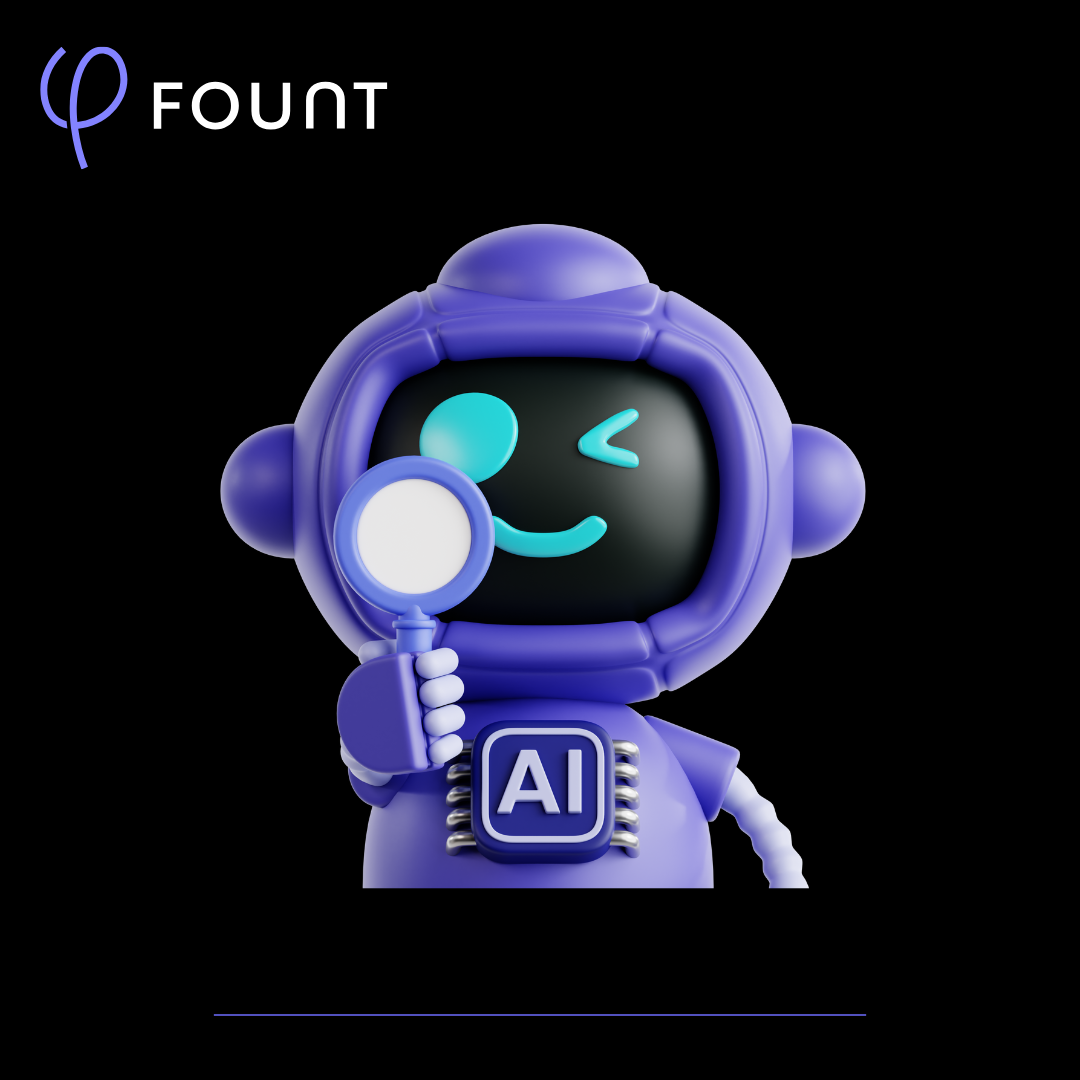
Insights
How AI Tools Change Your Team’s Work (And What to Do About It)
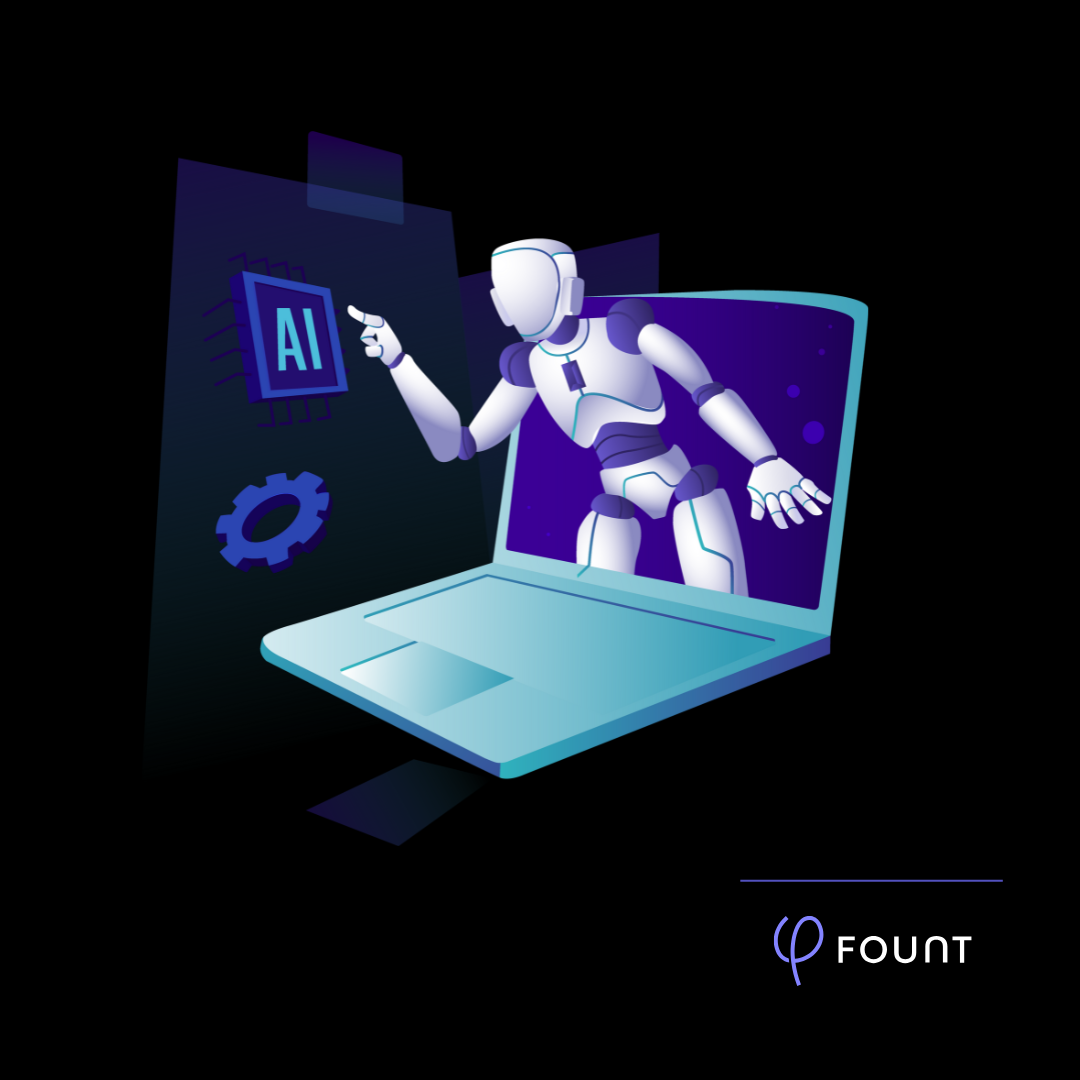
Insights
You Just Deployed a New AI Tool. How Soon Can You Know if It’s Working?
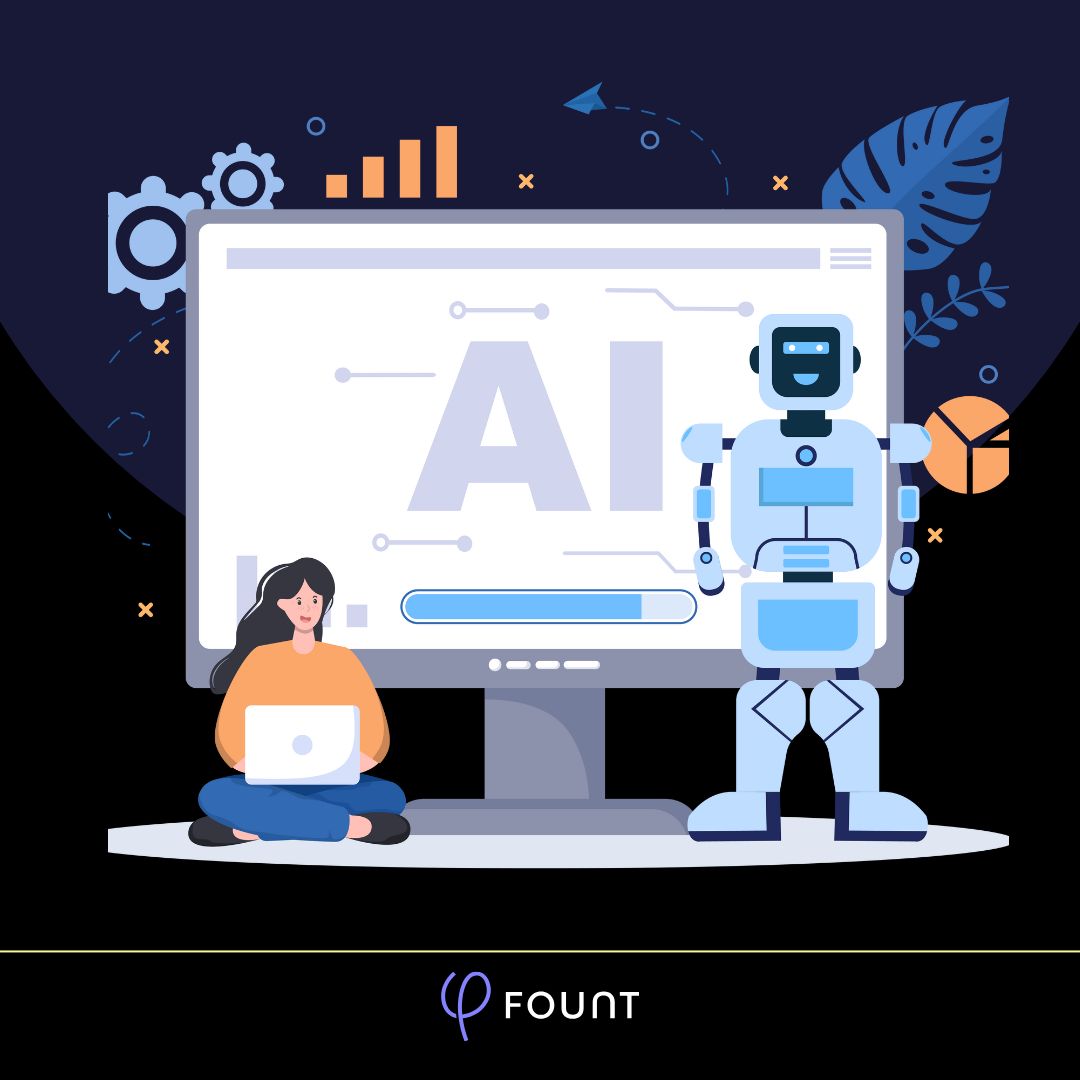
Insights
Worker Impact Is the Common Denominator of Every AI Transformation – And the Best Early Indicator of Success
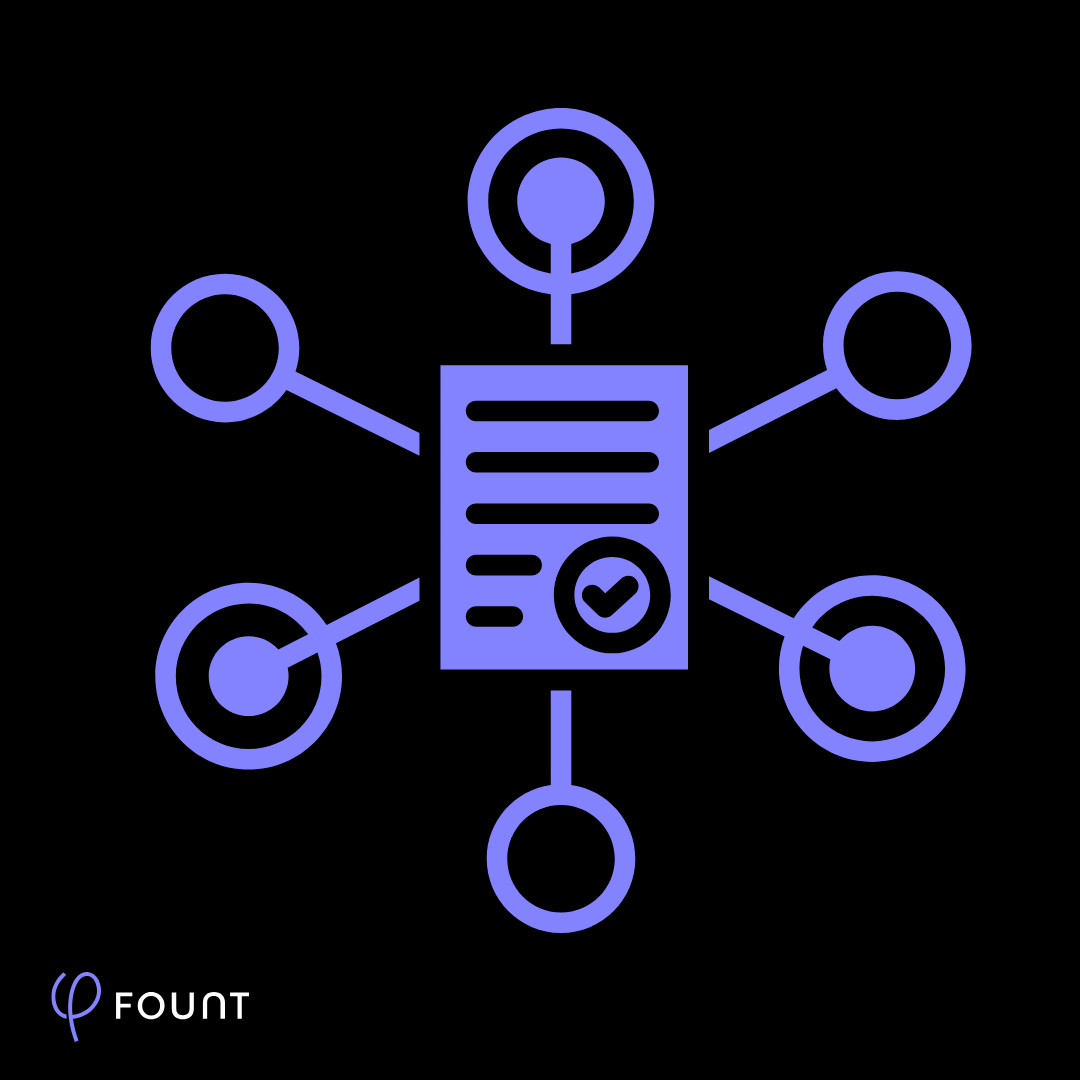
Insights
Data Deep Dive: The Origins of and Statistical Models Underpinning FOUNT’s Use of Data
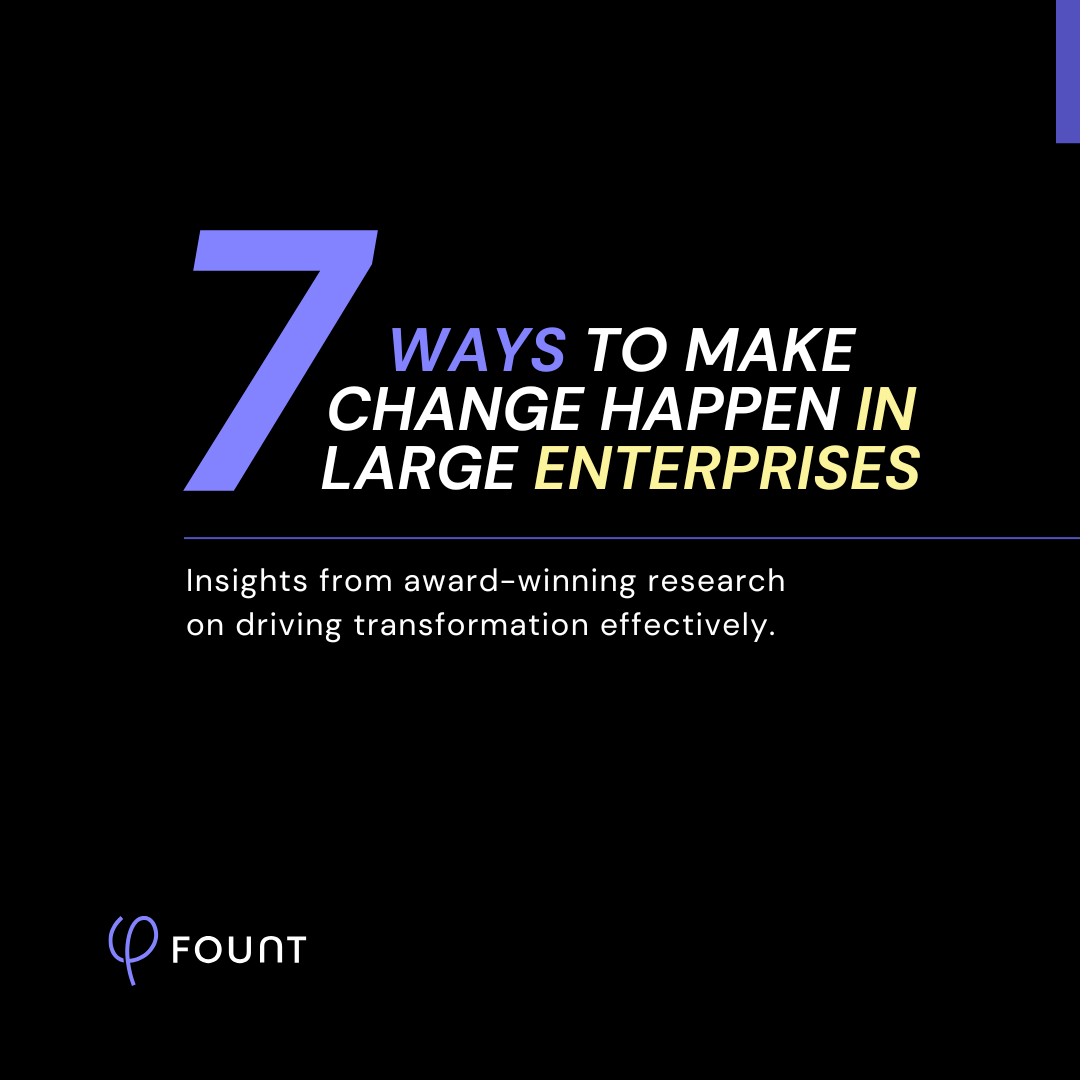
Guest Post
Original Research: 7 Ways to Make Change Happen in Large Enterprises
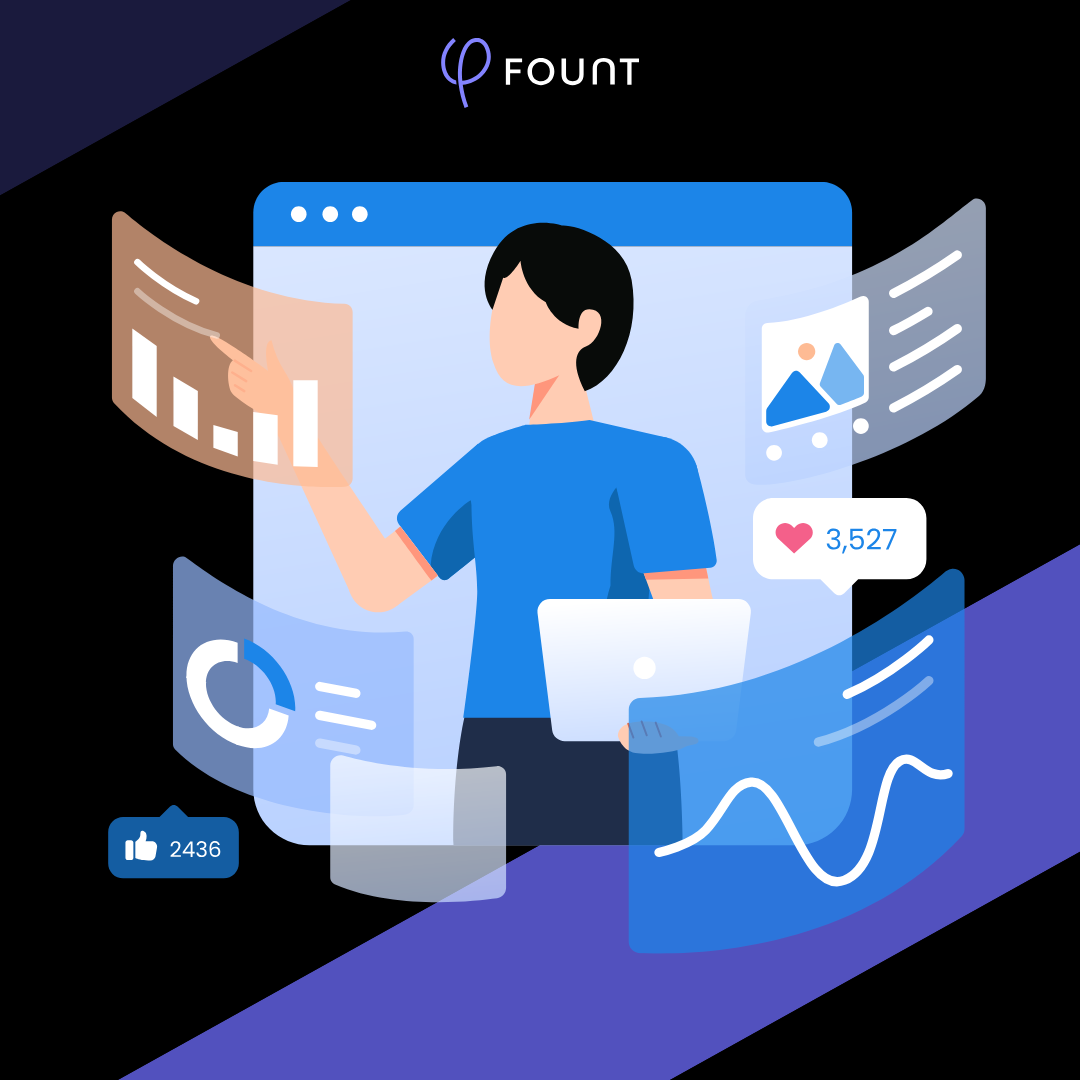
Insights
The 3 Types of Enterprise AI Transformations & How to Keep Each on Track for Positive ROI
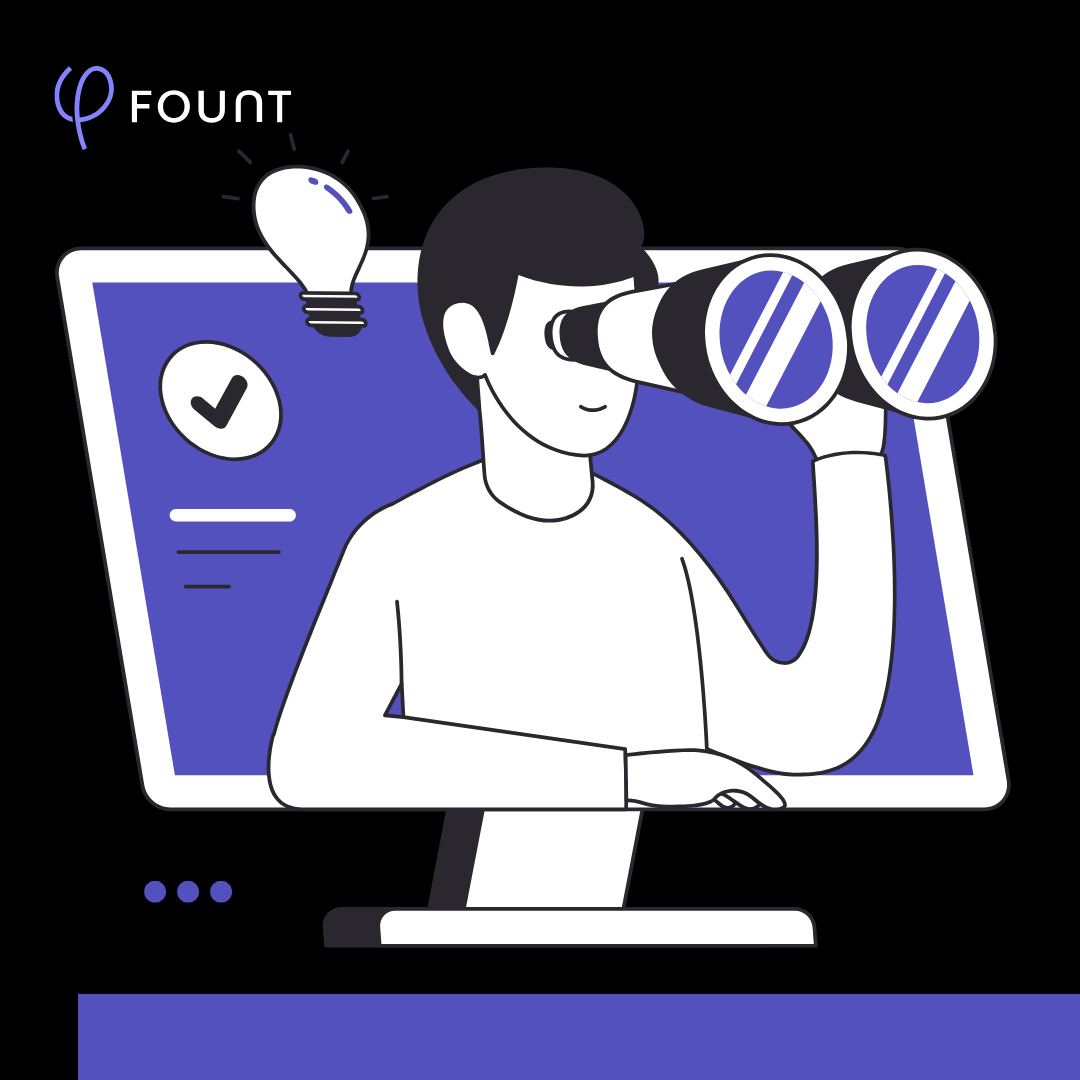
Insights
In 2025, AI Will Come of Age. Here’s How Employers Can See the Most Benefit
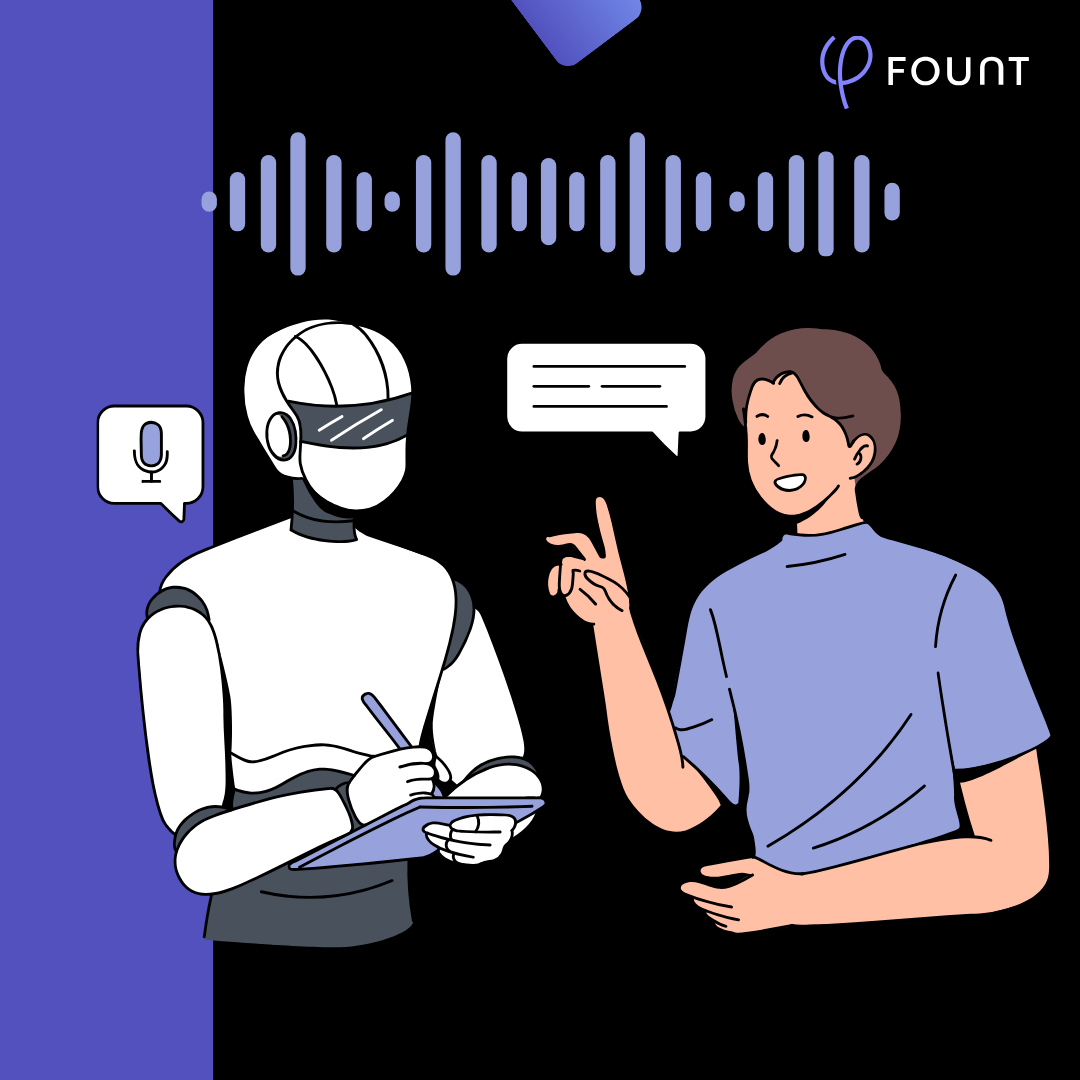
Insights
What to Do When Employees Resist AI Tools
